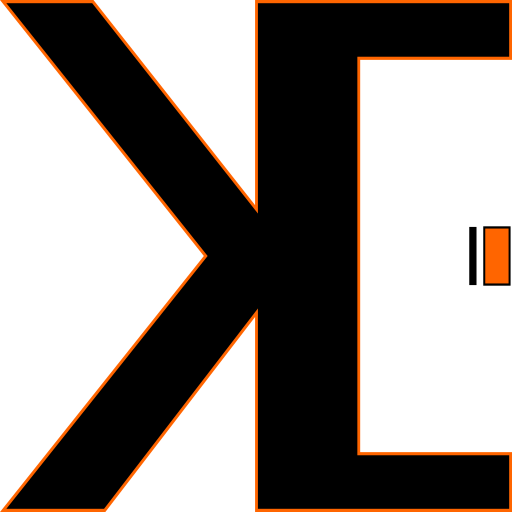Understanding TAM, SAM, and SOM: A Guide to Market Assessment for Startups
For startups and businesses planning to introduce new products or services, understanding the market landscape is crucial. This is where the business acronyms TAM (Total Addressable Market), SAM (Serviceable Available Market), and SOM (Serviceable Obtainable Market) come into play. Each of these metrics offers a unique perspective on the market potential and aids in strategic decision-making.
The Importance of Market Understanding
Among the various challenges faced by new business owners, lack of market knowledge often proves to be detrimental. Almost half of new businesses struggle due to an inadequate understanding of their market. Leveraging TAM, SAM, and SOM can significantly improve a business’s chances of success by providing clear insights into market opportunities.
Breaking Down TAM, SAM, and SOM
Total Addressable Market (TAM)
TAM represents the total demand for a product or service in a market, assuming no competition or barriers. It provides a high-level view of the market’s potential size if a business were to achieve 100% market share. While it may seem theoretical, TAM helps businesses understand the full scope of the opportunity.
Serviceable Available Market (SAM)
SAM narrows down the TAM to focus on the portion of the market that a business can realistically target. It considers the company’s current business model, geographical reach, and operational capabilities. This metric helps in identifying the market segments where a business can effectively compete.
Serviceable Obtainable Market (SOM)
SOM further refines the SAM by estimating the market share a business can capture in the short-to-medium term. It takes into account competition, company capacity, and marketing strategies. SOM is crucial for setting realistic revenue targets and planning initial growth stages.
Applying the Metrics: A Case Study
Consider a company developing an educational app for high school students in the United States. The TAM would include all high school students globally with access to smartphones. If the company focuses on the U.S. market, the SAM would be the number of U.S. high school students. The SOM is then determined by the company’s ability to capture a portion of that market, considering competition and marketing efforts.
Conclusion
TAM, SAM, and SOM are essential tools for startups to gauge market potential, optimize resource allocation, and set achievable revenue goals. By incorporating these metrics into strategic planning, businesses can identify optimal markets, scale operations efficiently, and make informed decisions regarding funding and market entry strategies.




